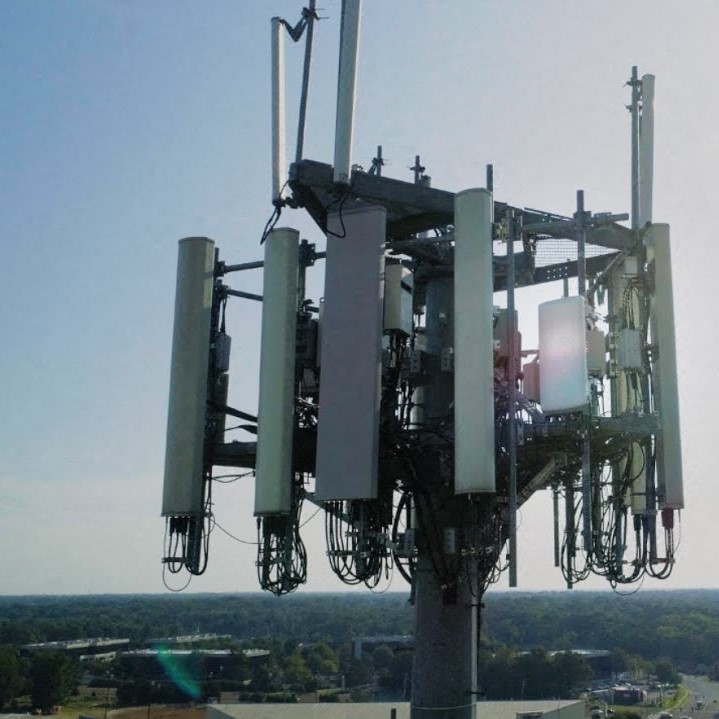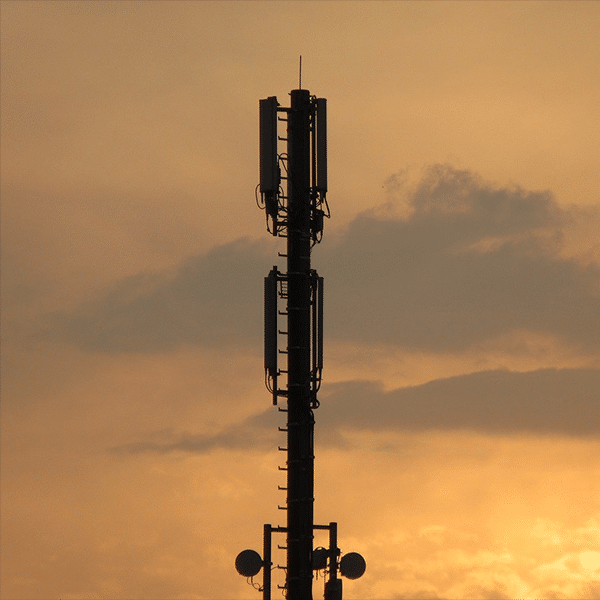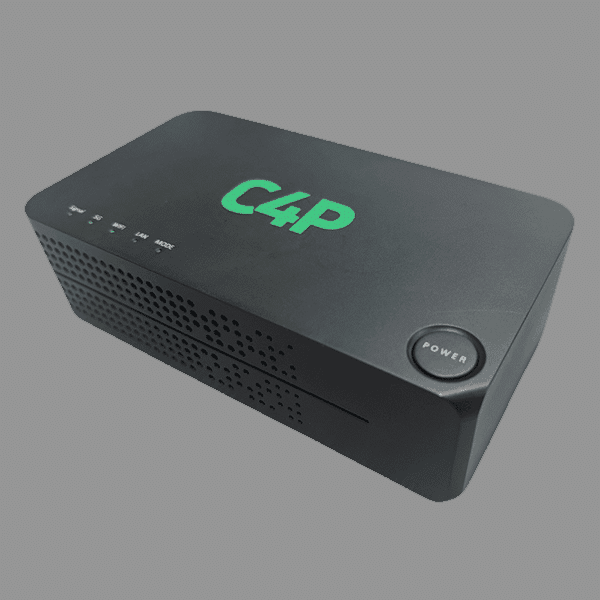Verizon has rolled out 5G vRAN (virtualized radio access network) technology from Samsung Electronics Co. Ltd. The technology aims to help create more programmable networks that dynamically allocate resources.
Verizon is also deploying Dynamic Spectrum Sharing (DSS) from Samsung. DSS technology enables 4G LTE and 5G to simultaneously use the same spectrum. DSS is a critical technology underlying what Verizon calls its Nationwide 5G service, which is deployed in spectrum shared with LTE.
“Verizon is committed to delivering the most advanced technology in the industry for our customers,” Bill Stone, Verizon’s Vice President of Planning and Technology, said in a press release. “We continue to push the boundaries of innovation in 5G, and deploying virtualization into our network from the core to the far edge is yet another way we are making our network more scalable and programmable to deliver the many promises of 5G.”
Virtualized 5G RAN
A key vRAN concept is to take radio network functions that can be software-enabled and segregate them into a virtualized Central Unit (vCU), virtualized Distributed Unit (vDU) and radio units. 5G vRAN is a container-based and cloud-native approach that replaces dedicated baseband hardware with software that can be operated on common off-the-shelf (COTS) servers, Samsung explains.
One advantage of a vRAN approach is it allows mobile carriers to rapidly shift capacity to address customer needs and network demand. Another vRAN capability is to give business customers more efficient access to private 5G networks via baseband software deployed in mobile edge computing (MEC) locations, according to Samsung.
Samsung claims to be the first vendor to offer an end-to-end fully virtualized 5G RAN, with Verizon being the first mobile operator to commercialize it.
Joan Engebretson contributed to this report.



